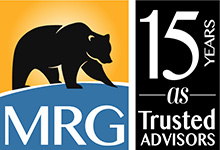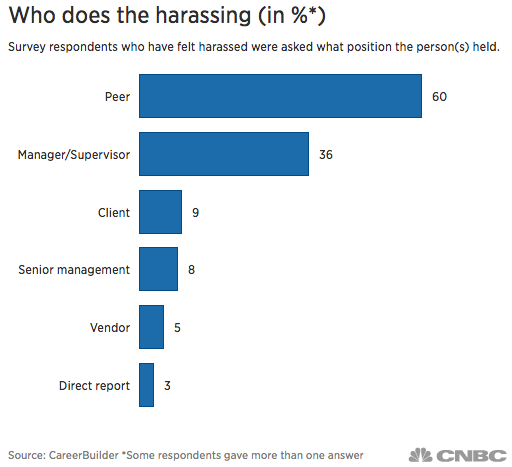Don’t find fault. Find a remedy.
– Henry Ford
The recent grand jury indictments of Harvey Weinstein are extreme examples of workplace sexual harassment (in fact, they are criminal sexual assault charges). While most workplace sexual harassment allegations do not include criminal sexual assault (fortunately!) they must be taken seriously and are often traumatic for those who report the abhorrent behavior. In January 2018, CareerBuilder released the results of an online survey that explored the frequency of workplace sexual harassment. Based on this survey, such harassment is significantly underreported: 72% of those who experience sexual harassment do not report it.
As employers and decent human beings, this is unacceptable. What can we do?
The CareerBuilder survey provided important information about who is most likely to commit and experience workplace sexual harassment: Peers are most likely to harass, and those between the ages of 18 and 54 are most likely to be the victims of harassment.


What can we do?
The best antidote to workplace sexual harassment is to be proactive and empower those who are most likely to have opportunities to intervene. The adage says that an Army is as good as it’s sergeants. Given that 60% of harassment is peer-to-peer and 72% is unreported, first-line supervisors and managers are the people in our organizations who have the greatest opportunity to identify and stop workplace harassment.
If we are committed to stopping workplace sexual harassment–and who isn’t?–then we must educate and equip our front-line supervisors and managers. They can become true workplace superheroes. But to do so, we need to teach them how to identify sexual harassment and train them on how to stop it.
“A hero is an ordinary individual who finds strength to persevere and endure in spite of overwhelming obstacles.”
–Christopher Reeve.
Profile
Learn more about Valerie by visiting her profile.

